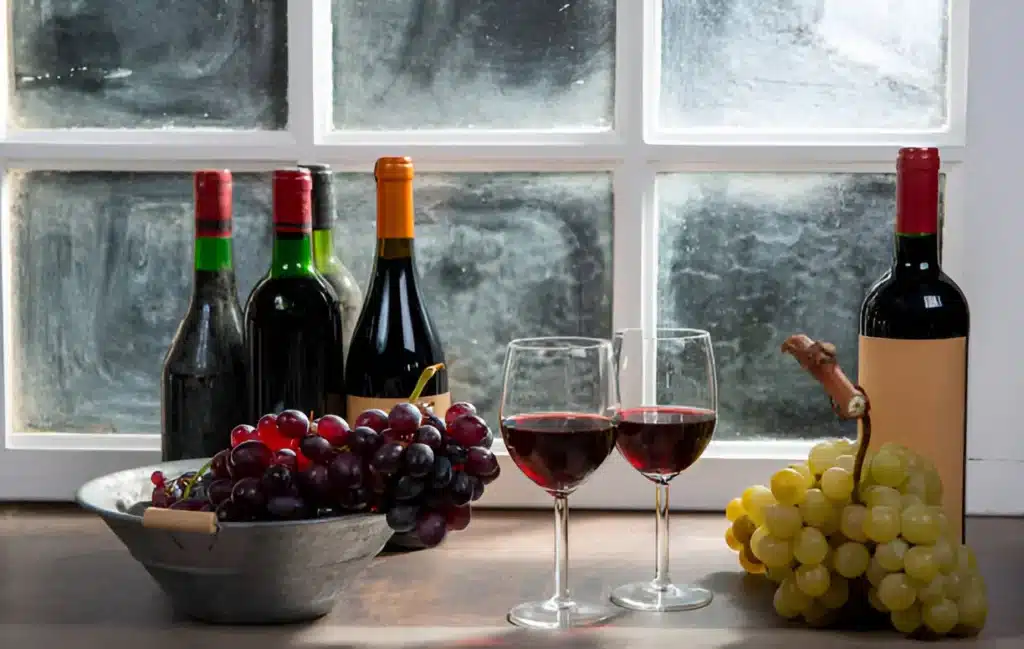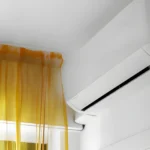France is universally recognised as the birthplace of fine wine, and for good reason. From the rolling hills of Burgundy to the sun-soaked vineyards of the Rhône Valley, France’s wine regions produce some of the most iconic and revered wines in the world. French wines are celebrated not only for their heritage but also for the way they express terroir—the unique characteristics imparted by the soil, climate, and winemaking tradition of each region.
Whether you’re a seasoned sommelier or a casual wine enthusiast, exploring French wine is a journey worth taking. In this guide, we’ve handpicked 12 must-try French wines, representing a broad range of styles and regions. Each one offers something distinct, showcasing why France continues to be the benchmark for quality wine.
And if you’re wondering where to source these fine wines in New Zealand, Maison Vauron offers an excellent selection, with curated choices from regions like Alsace, Bordeaux, Bourgogne (Burgundy), Champagne, the Loire Valley and the Rhône Valley.
Top 12 French Wines Every Wine Lover Should Try
1. Château Margaux (Bordeaux)
Château Margaux is one of the five Premier Cru (First Growth) estates of Bordeaux, producing rich, complex, and age-worthy red wines primarily from Cabernet Sauvignon. A bottle from a good vintage can be a transformative experience for any wine lover.
2. Domaine de la Romanée-Conti (Burgundy)
Widely considered the pinnacle of Pinot Noir, wines from Domaine de la Romanée-Conti (often abbreviated DRC) are among the most sought-after—and expensive—on earth. Even trying a lower-tier wine from this famed producer is a wine lover’s rite of passage.
3. Clos Rougeard Saumur-Champigny (Loire Valley)
This cult-favourite Cabernet Franc from the Loire Valley offers elegance, minerality, and structure. It’s a prime example of the Loire’s ability to produce age-worthy red wines that are both powerful and refined.
4. Château d’Yquem (Sauternes, Bordeaux)
Château d’Yquem produces legendary sweet wines that defy expectations. With flavours of honey, apricot, and candied orange peel balanced by racy acidity, it’s a dessert wine that many consider the finest in the world.
5. Guigal Côte-Rôtie La Landonne (Rhône Valley)
From the northern Rhône, this Syrah-based wine is full-bodied and deeply complex, often showing notes of black pepper, smoked meat, and dark berries. Guigal’s single-vineyard bottlings, especially La Landonne, have cult followings.
6. Dom Pérignon (Champagne)
No list of French wines would be complete without Champagne, and Dom Pérignon is one of its most recognisable names. Made from a blend of Pinot Noir and Chardonnay, this vintage-only Champagne is synonymous with luxury and celebration.
7. Trimbach Clos Ste Hune Riesling (Alsace)
Alsace is known for its white wines, and Trimbach’s Clos Ste Hune is its crown jewel. This dry Riesling is intensely aromatic, with incredible ageing potential and a laser-like acidity that makes it unforgettable.
8. Château Cheval Blanc (Saint-Émilion, Bordeaux)
A blend of Merlot and Cabernet Franc, Cheval Blanc stands out even among Bordeaux’s top estates for its aromatic complexity and velvety texture. It’s a wine that showcases the more expressive, softer side of Bordeaux.
9. Henri Jayer Richebourg Grand Cru (Burgundy)
Henri Jayer’s wines, particularly from the Richebourg Grand Cru vineyard, are among the rarest and most collectible in the world. Known for their silky texture and depth, these wines are a testament to masterful winemaking.
10. Vouvray Moelleux (Loire Valley)
This Chenin Blanc-based wine from the Loire Valley offers a luscious and honeyed profile, balanced by vibrant acidity. Vouvray Moelleux is incredibly food-friendly and can age gracefully for decades.
11. Château de Beaucastel Châteauneuf-du-Pape (Rhône Valley)
This Grenache-dominant blend from the southern Rhône is robust, spicy, and structured. It reflects the character of the Châteauneuf-du-Pape appellation perfectly and is a great introduction to this historic region.
12. Jacques Selosse Initial Blanc de Blancs (Champagne)
For those wanting something more artisanal in the Champagne world, Jacques Selosse offers biodynamic wines with extraordinary depth and complexity. Their Initial Blanc de Blancs is a great starting point.
Whether you’re fine dining or enjoying a casual lunch, French wine can be enjoyed with a variety of dishes or on its own once you have an understanding and appreciation of the flavour profiles.
Where to Find These Wines
For wine lovers in New Zealand, Maison Vauron is an outstanding destination for authentic French wines. They import a carefully curated selection from iconic wine regions including Alsace, Bordeaux, Bourgogne, Champagne, the Loire Valley, and the Rhône Valley—all represented in the list above. Their dedication to showcasing the diversity and quality of French wine makes them a must-visit for any oenophile.
Conclusion
France’s wine culture is unparalleled, with a diversity that caters to all palates and preferences. Whether you’re drawn to the elegance of Burgundy Pinot Noir, the opulence of Bordeaux blends, or the refreshing minerality of Alsace whites, there’s a French wine waiting to be discovered. The 12 wines listed above represent the best of what France has to offer, and tasting even a few of them is sure to deepen your appreciation for the art of winemaking.
As you explore further, remember that each bottle tells a story, shaped by history, geography, and tradition. Santé!
Frequently Asked Questions
What is the difference between Bordeaux and Burgundy wine?
The key difference lies in the grape varieties and regional styles. Bordeaux wines are typically blends, with Cabernet Sauvignon and Merlot dominating the reds, and Sauvignon Blanc and Sémillon used in the whites. Burgundy wines, on the other hand, are generally single-varietal—Pinot Noir for red and Chardonnay for white. The two regions also differ significantly in climate, soil, and wine philosophy.
For a deep dive into this distinction, Wine Folly offers a comprehensive comparison.
Is Champagne considered a French wine?
Absolutely. Champagne is one of France’s most famous wine exports. It refers specifically to sparkling wines produced in the Champagne region under strict rules concerning grape varieties (primarily Pinot Noir, Pinot Meunier, and Chardonnay) and the traditional method of secondary fermentation in the bottle. Only sparkling wines from this region can legally be called Champagne.
You can learn more about the Champagne region and its protected status from the Comité Champagne official site.
What makes French wine unique?
Several factors contribute to the uniqueness of French wine:
- Terroir: The concept that the land, climate, and natural environment give the wine a distinctive character.
- Appellation System (AOC): France’s strict labelling and classification system ensures authenticity and quality.
- Tradition: Many French winemakers continue to use methods passed down for generations.
- Diversity: From crisp whites and sparkling wines to robust reds and sweet dessert wines, France offers unmatched variety.
Let your wine journey take you through the vineyards of France, one bottle at a time.
Read more: How to Measure Women’s Pants Size: A Step-by-Step Guide – Spiritual Meaning Portal
How Quick Home Sales Are Changing the Real Estate Landscape – Spiritual Meaning Portal
Beyond the Code: Why Game Developers Must Focus on Fraud Prevention – Spiritual Meaning Portal







